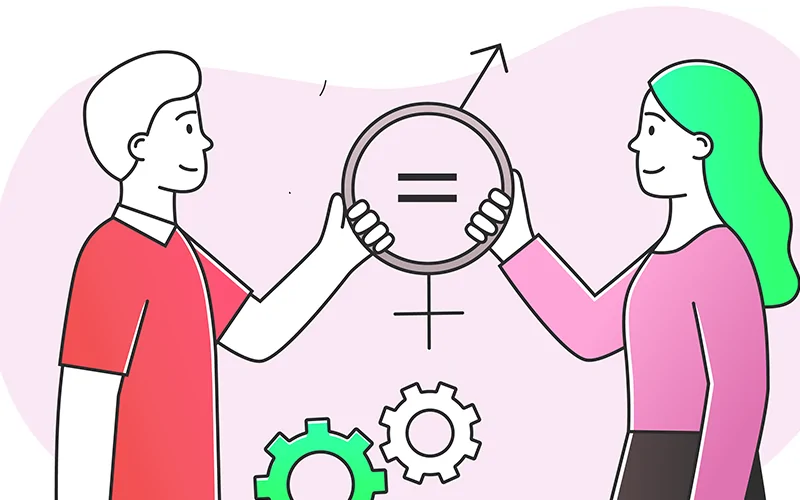Analyze the assumptions of Theory X and Theory Y.
Assumptions of Theory X and Theory Y
Motivation is vital to all organizations. Motivation is the set of forces that lead people to behave in particular ways. In all organization, managers are tried to motivate people in the organization to perform its work efficiently and to achieve organizational goal. By it is the most different factor for manager to motivate people. If motivation is imperfect, the managers face more complicated situation in the organization. Thus motivation of employee is the most important task as well difficult task for managers.
Regarding motivation of employee in managerial, processes Douglas McGregor and Victor Vroom gave their view. This is called Dauglas McGregor’s theory of motivation or Victor Vroom’s theory of motivation. McGregor’s theory of motivation is based on the assumption of human behaviour.
According to McGregor, the management’s action of motivating people in the organization involves certain assumption, generalization and hypotheses relating to human behaviour and human nature. These assumptions serve the purpose of predicting human behaviour may differ from one another because of the complexity of factors influencing human being. He presents these assumptions on two opposite sides, theory X and theory Y.
Assumptions of Theory X.
Theory Xis based on the traditional concept of control and direction. It means theory X is believe in traditional concept of human behavior that are:
- Most people are lazy and dislike of work.
- People are stupid and inherently self-centered and indifferent to organizational needs.
- People have little ambition and dislike responsibility.
- People are resistant to change.
- As people are disliking work, they are coerced, controlled, punished and directed to achieve organizational goal.
On the basis of these assumptions workers have to be persuaded and pushed into performance. External control is considered appropriate for dealing with unreliable, irresponsible and immature people.
According to McGregor, an organization is built upon theory X notions will be one in which there is close supervision and control of subordinates and high centralization of authority. Leadership in such organization will tend to be autocratic, and workers will have every little say In decisions affecting them. The climate in theory X organization would be impersonal this theory implies use of “Carrot and Stick Approach”.
Assumptions of Theory Y.
Theory “Y” is the opposite view of theory X. It is based on the principle of integration which replaces traditional concepts of direction and control. After describing theory X, McGregor questioned if this view of human behaviour is correct. He propounded theory Y which, he said, would better represent the human behaviour. The assumptions of theory Y are:
- People have a latent capacity to develop and accept responsibility.
- People are not by nature resist-at on to organizational needs.
- People can be motivated towards management goals.
- Management must arrange matters so that people can achieve their goals through organizational objectives.
The assumptions of theory Y suggest a new approach in management. It emphasizes the cooperative endeavor of management and employees. Object of this theory is to get maximum output with minimum amount of control and direction.
An organization based on this theory is characterized by decentralization of authority, job enrichment, participative leadership and two way communication system. The focus is on self-control and responsible jobs. The theory X places exclusive reliance on external control of human behaviour while theory Y relies oneself regulation. In this type of organization, also employee’s interests are the interest of organization.
Thus there is no conflict between organizational goals and individual goals. Theory “Y recognize interdependence of human organization and participative management.
Theory Y leads to a preoccupation with the nature of relationships, with creating and environment which encourages commitment to organizational objectives and which provides opportunities for the maximum exercise of initiative, ingenuity and self-direction in achieving them.
The central principle of theory Y is that integration of behaviors is the key process in management. The concept of integration reflects a recognition of the needs of the individual and those of the organization. McGregor calls his theory Y an open invitation to innovation.
These two sets of assumptions obviously are fundamentally different. Theory X is pessimistic, static and rigid. In contrast theory Y is optimistic, dynamic and flexible with an emphasis on self-direction and the integration of individual needs with organizational demands. There is little doubt that each set of assumptions will affect the way managers carry out their managerial functions and activities.





